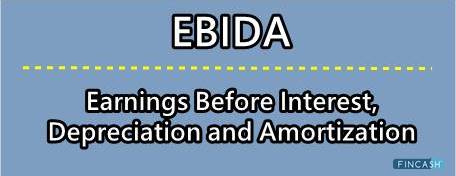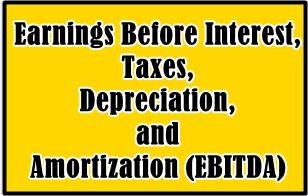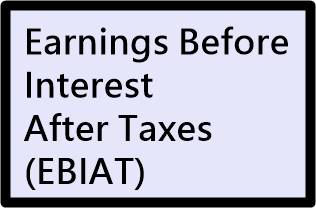
Table of Contents
Earnings Before Interest, Depreciation and Amortization (EBIDA)
Defining Earnings Before Interest, Depreciation and Amortization
Earnings Before Interest, Depreciation and Amortization is a measurement of earnings of a company that add up to the expenditure, amortization and depreciation back to the number of total Income. Furthermore, it also includes tax expenditure.

However, this measurement is not often used or well-known.
Explaining Earnings Before Interest, Depreciation and Amortization
There are several ways to calculate EBIDA, like adding amortization, interest and depreciation to the net income. If not this, then the other method is to add amortization and depreciation to earnings before subtracting Taxes and interest.
Generally, this metric is used to evaluate different companies operating in the same Industry. It doesn’t include direct financing effects. Often, EBIDA can be regarded as the metric for those companies that are not paying their taxes.
The list included several non-profit organizations, such as religious places, charity, and non-profit hospitals.
Comparison with EBITDA
EBIDA is regarded to be a conservative valuation method in comparison to EBITDA as it comprises tax expenditure in the measurement of earnings. The EBIDA measure eradicates the assumption of using the money paid in taxes to decrease debt.
This assumption of debt payment is made as interest payments turn out to be tax-Deductible, which can further decrease the tax expenditure of the company, providing more money to cater to the debts.
However, EBIDA doesn’t make the assumption of decreasing tax expenditure through the interest expense; therefore, it doesn’t get added to the net income.
Talk to our investment specialist
The Criticism of EBIDA
In the form of an earning measure, EBIDA is calculated rarely by analysts and companies. Since it is not the standard measure to monitor, compare, evaluate and predict, EBIDA serves nothing less than little purpose.
On the other hand, it is acknowledged as one of the significant earnings metrics. However, in some cases, EBIDA can turn out to be deceptive because of its higher value than the net income. Moreover, unlike other famous metrics, EBIDA is not regulated by the Generally Accepted Accounting Principles (GAAP).
Hence, what gets included here is solely at the discretion of the company. Not just that, but the figure of EBIDA does not even include any essential information, like Capital expenditure, working capital changes, and more; thus, it gets more criticism.
All efforts have been made to ensure the information provided here is accurate. However, no guarantees are made regarding correctness of data. Please verify with scheme information document before making any investment.
You Might Also Like












